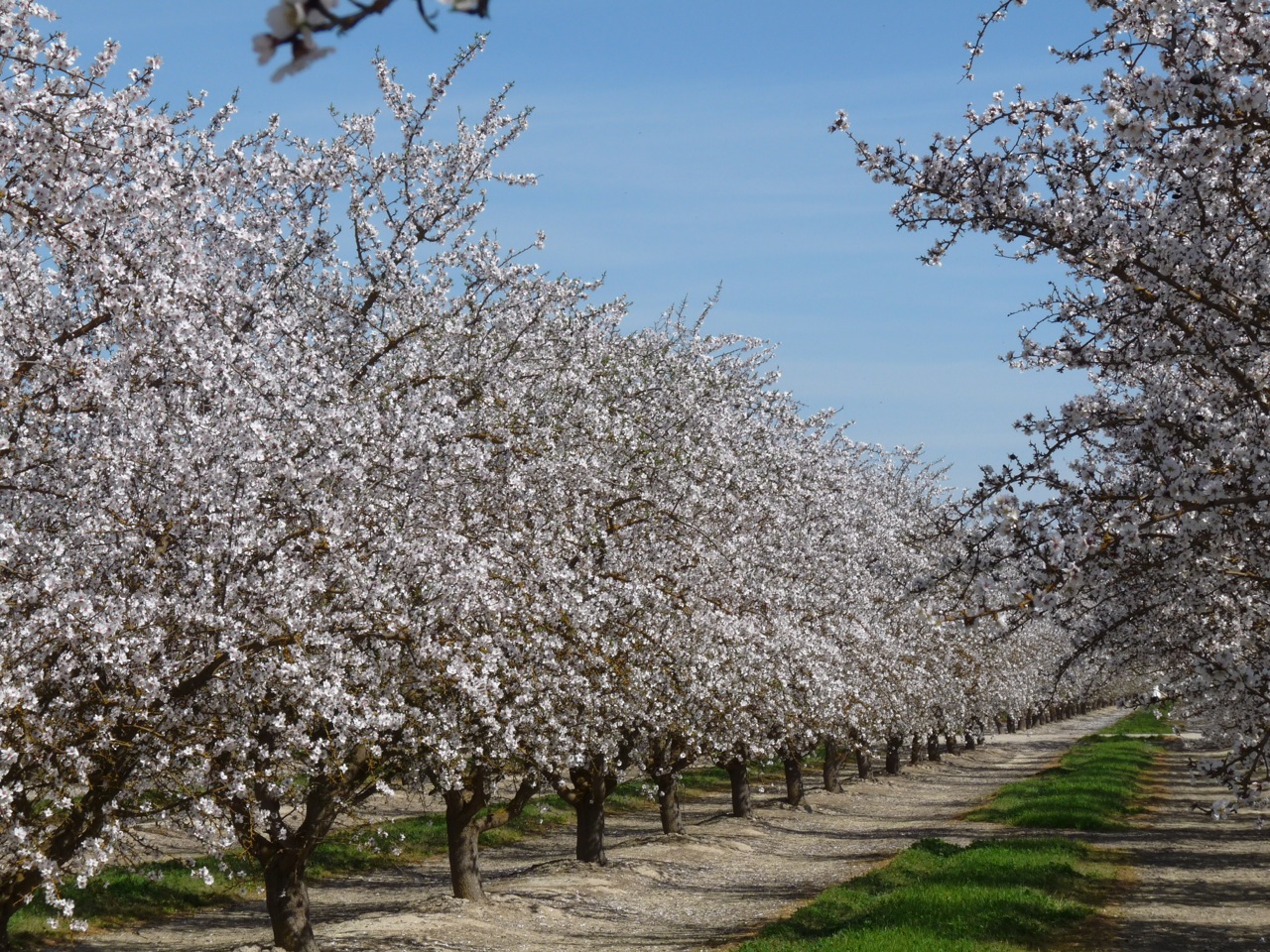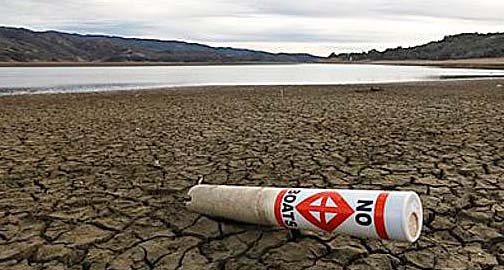Almonds
Chocolate Company Looks to California for Ingredients
A major candy company always looks to California for a major ingredient.
The Hershey Company looks to California almond growers’ for their most important ingredient for their products.
Jeff Beckman is the Director of Corporate Communications with the Hershey Company based in Hershey, Pennsylvania.
“In fact, they’re so important that the Hershey company is the number one purchaser of California almonds in the entire nation. It was Milton Hershey himself who in the early 20th century married almonds with chocolate and discovered something that was unbelievable and consumers today love that product and thats why we sell so many products that are a combination of delicious California almonds and chocolate.” said Beckman.
Beckman mentions the type of partnership that Hershey and the California almond industry have.
“We have a great, long relationship with the California almond industry. In fact in 2012 we opened the largest and most technologically advanced chocolate making factory in Hershey, its our new western Hershey plant,” said Beckman. “Representatives from the california almond industry came out and joined us for that opening ceremony as a sign of their commitment to our company and how important we are to the California almond industry as the number one purchaser.” he added.
Beckman said the California almonds are so important to the Hershey family, they have a team of people with a watchful eye on the state.
“California almonds are so important to us we have people on our sourcing team who are constantly keeping an eye on the California almond crop because really its such an important input to our product. he said. “Their watching the water conditions, their tracking how the pollination season is going, they are always looking at understanding what’s happening out in the Central Valley in California because thats so important to us to know that theres going to be a good almond crop each and every year.” added Beckman.



















